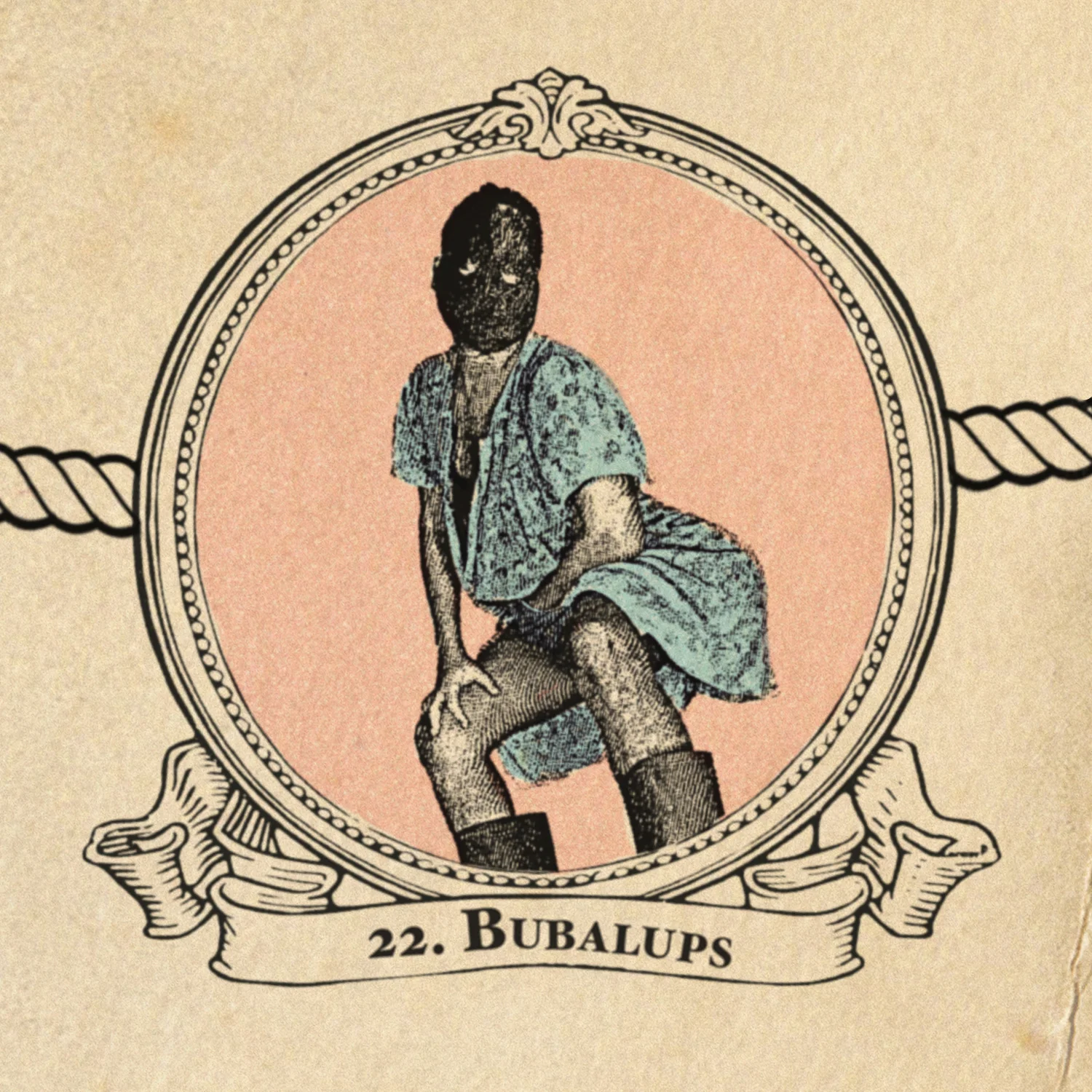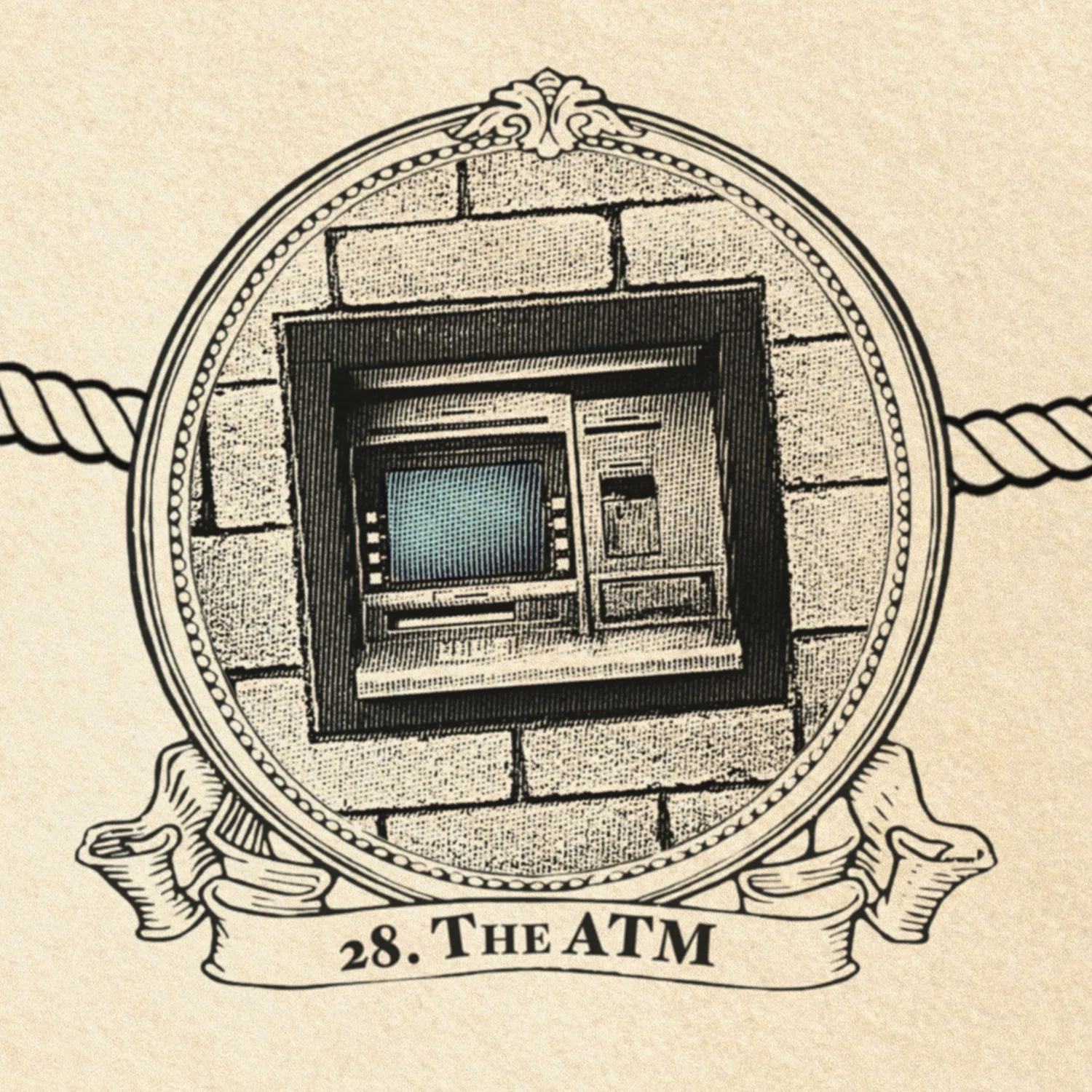Peregrination
“Peregrination” is a rather unexpected discovery. Seemingly intended as educational entertainment (much like early European and North American 17th or 18th century games), promising advice on how new residents might acclimate to this community and eventually attain acceptance and “prosperity”. This important find has cast some doubt on many of my earlier suppositions about the history of technological and social development in The Neighbourhood. The era suggested by the apparent age of the game is in conflict with much of it’s content. I am left to wonder if time might operate differently in The Neighbourhood. Was it indeed created by the “much respected” Nelson Brothers? Are they ageless? It is a puzzling conundrum.
The board game was reproduced and presented “as if in play” for the exhibition “Arrivants”, at the Barbados Museum and Historical Society in December 2018.
Peregrination, presented “in play”
RULES AND DIRECTIONS FOR PLAYING
Rule I. This game may be played by any number of persons, from two or three up to eighteen, or more.
Rule II. The party playing should provide themselves with a sufficient number of counters, fixing their value at their own discretion – so much per dozen. Each player deposits twelve counters in the bank, the amount of which belongs to the person that wins the game. This general stock, with the fines paid into it, will also suffice to pay the different prizes for every lucky point.
Rule III. Each player ought to have a different mark to distinguish himself from the rest. Players should use a possession, an object found in one’s pocket. At the onset of the journey, the players also place the nine Interlopers on any symbol made for a place of interest in The Neighbourhood. The order in which the party is to play, maybe decided by lot, or otherwise.
RULE IV. In play, should any player’s mark become fixed to a symbol where an Interloper is found, the Interloper becomes unavoidably bound to the player’s mark, and, as an observer, moves with the player till a future throw amounts to ten or higher, representing an escape. Should the interloper appear menacing, a chase backward ensues till the two are separated, if otherwise the Interloper is seemingly kind, the unlikely pair proceeds forward until they part amicably. Should the nature of the Interloper be unclear, the player must remain on that symbol until the required number is thrown on a subsequent turn.
RULE V. Peregrination is played with two die. Every player throws both, and casting up the number of points on the dice, he fixes his mark exactly on the same number represented on the symbol he has thus hit, and proceeds further at his next turn, counting from the figure which bore his mark last.
RULE VI. Should it happen that a person, according to the subjoined explanation of the symbols, must go back, instead of advancing, the Person has no fine to pay, nor prize to receive from the picture to which he shall be obliged to put back. Fines or benefits only take place, if the player advances.
RULE VII. As every picture subjects the player to certain fines, rewards, or regulations, a thorough knowledge of these rules must be acquired, in order to explain the signification of each picture, which may be done in a few sittings.
RULE VIII. No.50, representing Prosperity, is the end of the game. Should, therefore, any person who is near the end, throw a number beyond fifty, he must go back as many pictures from the place where his mark is, as he has thrown beyond No. 50. For example: - suppose a person has his mark on No. 46, from which he has only to throw 4 points more to reach the end, and should throw eight points, instead of the four which he only wanted, he counts back the four exceeding points he has throw from his position at 46, which will bring him upon No. 42; here he waits till his turn comes to throw, and advance again.
EXPLANATION OF THE FIFTY SYMBOLICAL FIGURES
From which all the players set out in pursuit of their good fortune; and must, in some cases, also pass through it, when they are going back again, in hopes of mending their chance.
He that knocks it down, breaks this precious ornament, and pays for himself, and every person that is yet to roll after him, a fine of two counters, to repair the damage. If it be the last player, he only pays two counters for himself.
Her name is Grace. The adventurer that heeds her broadcast, if he rolls an even number next time, is carried twice as far as the points he rolls; if the amount of the points he rolls make an odd number, he begins the game again.
He that takes a ride with Uncle, must stay till the broken vehicle is mended, which happens as soon as he rolls two of the same number, such as twice one, twice two, three, four, five, or six.
This major impasse is studded with broken glass. He who wishes to go beyond must take up his freedom by paying six counters to a player who has already passed, or begin the game afresh.
Those who want his company pay a fee of two counters, and immediately rolls again, for the evening is soon over.
Keep off the grass! run to No. 24, the Hotel. The player stays till another guest arrives, or he throws two of the same number.
The guest to the elite Palmaephagi gathering pays three counters for the privilege, and has a snug corner for three turns to come: that is to say, he is liable for three turns to receive every benefit he spins, and is exempted from all fines and punishments. If such a well connected player finds any prisoners on the pictures he marks on his way, they are all set at liberty.
The comer, to get out of harm’s way, must drop four counters into the bank, and remove his mark instantly to No. 32. All are not as fortunate.
With false promises the cunning Boy leads the player to No. 24, The Hotel, and takes flight. The player sets free any person that may be detained there, and cannot himself get away, till relieved by another; or till he rolls matching numbers at his next go.
This fellow migrant son of misfortune deserves two counters, at least, everyone is good enough for some change.
Whoever joins company with him receives a mite of one counter out of the private stock of each player.
Whoever encounters this kind lady is led to No. 4, the Timepiece to atone for a presumptuous misreading of her character.
He who comes to The Saltwater Grand Hotel in the regular way of rolling, remains till his next turn, when he goes back as many points as his roll amounts to, in utter confusion.
The player who gets it receives also a present of six counters from the bank, and a curious lingering odour.
The player stands as care-taker, receives a pittance of one counter, and nurses the little stripling till he is relieved by somebody else, or rolls two of the same number on a subsequent roll.
The time spent watching Mr.______’s dubious holiday slideshow brings a loss of two counters, or a missed turn.
They prove their locational ignorance by taking the player into their rental car, and circling back to No. 1. Begin afresh.
The overtaker of these fickle dames receives a premium of eight counters, and moves his mark to No. 44.
confounds the comer in a hazy stupor, and carries him to the Strange Bed, No. 41, where he stays to wait out his condition, till another sets him free; or he chooses to liberate himself, by a fine of six counters to the bank.
Make an excursion with Miss Williams to the Ballroom, No. 48, and take six counters from the bank to bear your expenses.
Mother Sally makes him who she decoys pay a fine of four counters, with leave to have two fresh goes.
presents the sycophant with three counters, and permits him to immediately roll farther, but only with one die.
Who rolls himself hither in the regular way, is detained till he throws the same number: but if brought into it by the lady, No. 42, he may roll on when his turn comes again.
This happy pair have their sights set on Prosperity, No. 50. If the adventurer who arrives here throws the same number at his next two goes, he enters Prosperity; if not, he goes back as many points as he shall roll.
Welcome! The player who enters this symbol, instantly sets free all those who are detained on any of the pictures of the game, so they may roll again, each in his turn. He that hits No. 50, remains there till he rolls twice No. 1, 2, or 3, in his subsequent goes, when the game is over, and he takes possession of the whole bank as his property. But if he rolls at his following goes the numbers 4, 5, or 6, he must go back as many symbols as he spins points. Should two or more players come to No. 50, he who first rolls the numbers 1, 2, 3, also finishes the game, takes two thirds of the bank stock, and the remaining third is equally divided among those who have been with him on No. 50.

























































